We’re excited to introduce you to the always interesting and insightful Dominique Murray. We hope you’ll enjoy our conversation with Dominique below.
Dominique, looking forward to hearing all of your stories today. Have you been able to earn a full-time living from your creative work? If so, can you walk us through your journey and how you made it happen? Was it like that from day one? If not, what were some of the major steps and milestones and do you think you could have sped up the process somehow knowing what you know now?
Being a full-time creative was not always my end goal, but I am so blessed to be where I am today.
Growing up, I always loved taking photos with disposable cameras or the variety of toy cameras my family had gifted me. Going into high school, it was a no-brainer to opt for the photoshop course my school offered. I loved the entire process of taking photos, culling for the best ones, and learning quirky beginner photoshop techniques. I quickly tried to be behind the camera as much as possible – helping with the yearbook, school events, advanced photoshop classes, and even my friend’s senior portraits. I realized my passion was photography – but at the time I was looking to go to school to teach English. After a talk with my art teacher at the time, she vocalized the idea of becoming a photography teacher or professor.
I went home that evening and researched what I could on how to make this possible. The following evening, I broke the news to my parents that I wanted to attend college for art. Luckily, they were supportive and helped me do further research as I applied to various schools. After graduation, I decided to attend Robert Morris University and earn my Bachelor of Fine Arts in Media Arts with a concentration in photography.
During my time at RMU, I took both digital and film photography courses. I learned the digital skills of photoshop, as well as being able to develop my own film. During my junior year, I started an internship with a national magazine company that focused on empowering women. I was instantly placed in a team of amazing women who were all entrepreneurs. I was in awe at each of their journies and their ability to manage their personal lives, business lives, and still work for the magazine. In my senior year, I took a second internship with the magazine company as well as interning under the Pittsburgh photographer Terry Clark. I continued to work with the female entrepreneurs at the magazine company and Terry showed me even more of the ropes of owning a photography business. I worked with Terry helping him on set, acting as an assistant to his classes at YM Camera, and taking in every ounce of knowledge he had to offer.
After graduation, I hit a major roadblock. I had a degree but lost access to the school’s studio, dark room, equipment, rentals, desktops with endless programs, and more. I started looking at the cost of what I thought I needed – and knew I couldn’t afford it.
I had a lot of work ahead of me. I started taking any photography job I could manage with the equipment I had, I spent weekends updating my website, portfolio, business cards, and workflow as well as learning my CRM program. I worked at a restaurant, babysat, dog sat, and photographed paid jobs as much as I could to work on building my inventory. When I wasn’t doing anything just listed – I worked on collaborative and unpaid projects for more experience and to build my network. My parents helped me with research on how to make my career a legitimate and legal business. I was never not working.
After about a year of this, I found a studio space! All natural light and at an extremely affordable rent cost. I quickly signed the lease, shared the space with friends, and used it as much as I possibly could. The pandemic came and thankfully I was able to afford the space even with the world being shut down. As things slowly started to open up again, my friends and I would go photograph different editorials in the space. I started taking clients back into the studio. I started to regrow the business and brand I had worked so hard at since college.
After some time had passed, I knew it was time to find a space of my own. I talked to friends in the industry looking for a space and had been connected to a girl who luckily was trying to move out of her studio. I arranged a walk-through the next day. I fell in love with the space and was blessed to be able to move in immediately. I spent thousands of dollars on a credit card making the space my own. My friends were constantly at my side helping me manage renovations. After 6 months of having my own space, I was able to quit working at the restaurant and take on photography full-time.
After this journey, I learned a few things.
1) Do not be afraid to ask for help. I cannot be more thankful for all the support my family, friends, and mentors have given me.
2) Marketing is not easy. I thought posting on Instagram and Facebook would do the trick – and it helps! – but building a network of clients takes time. I attended – and still attend – many networking events and creative meetups.
3) Nothing happens overnight. Being an entrepreneur and full-time creative is a roller coaster and I am still tackling new and difficult problems I didn’t think would occur every day.
4) NEVER stop learning. Part of the reason I love being a full-time creative is that I get to learn so much. Although my traditional schooling is over, I continue to teach myself new techniques and skill sets every day.
I am very thankful to say that this is just the beginning of my career and I can’t wait to see where life takes me.
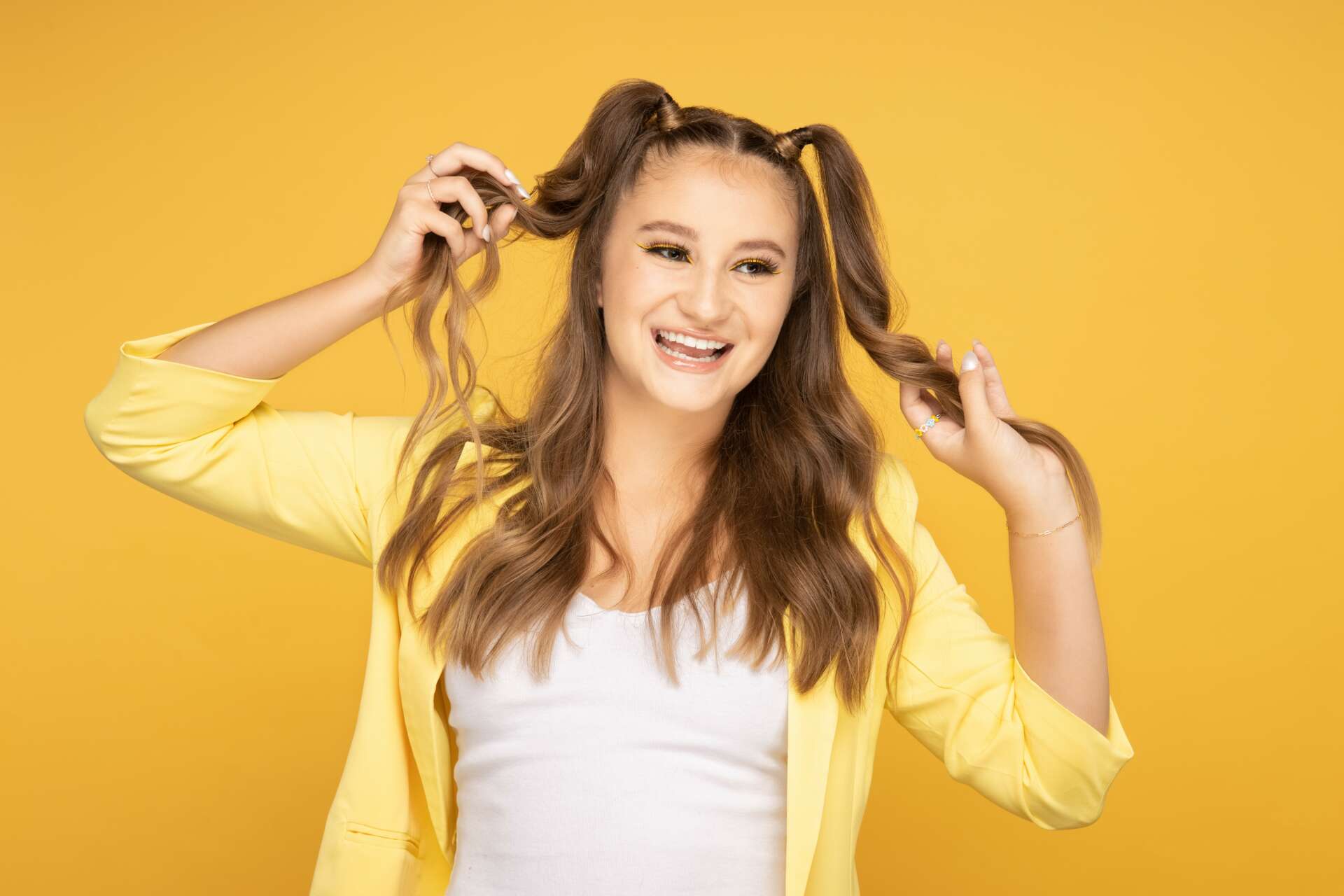
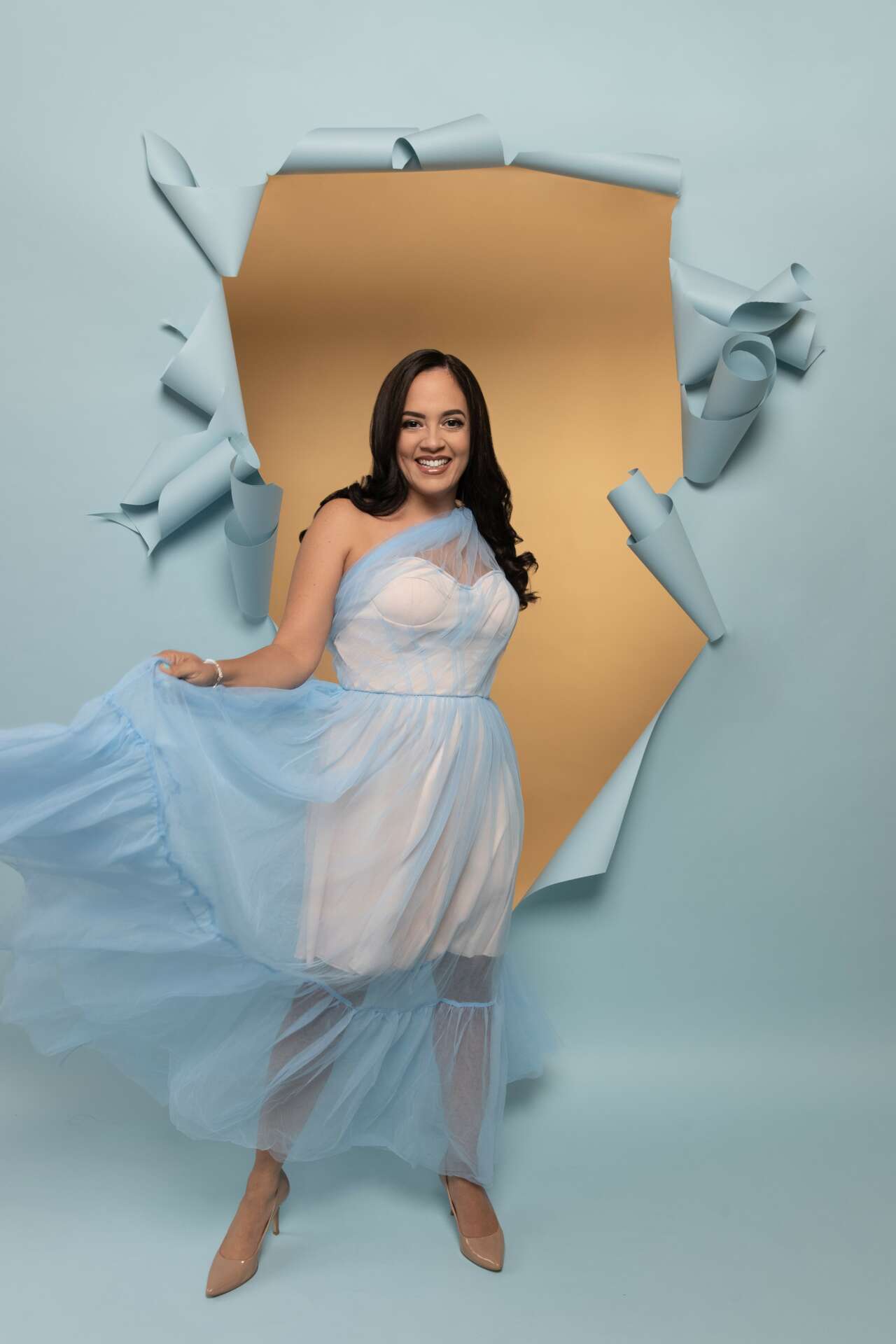
Dominique, love having you share your insights with us. Before we ask you more questions, maybe you can take a moment to introduce yourself to our readers who might have missed our earlier conversations?
I am a full-time photographer who specializes in personal branding, high school seniors, corporate events, and editorials.
I offer luxury sessions that include complimentary hair and makeup, options from a client closet, 3 different looks, studio images, and outdoor sessions :) After an initial inquiry, I do a phone call with my clients to learn more about them and a brief overview of their ideas. We then schedule a zoom call where together we plan their outfits, locations, backdrops, and props. I have even designed custom sets to help them celebrate their business or any milestone. The session will begin with complimentary hair and makeup, followed by shooting in the studio, then heading to a second locations. We then regroup at the studio and I help my clients choose their images.
Using me as your photographer is not just about having your photo taken, but being able to enjoy a creative experience. I am with you every step of the way to make sure the photos are every thing you can possibly dream of.
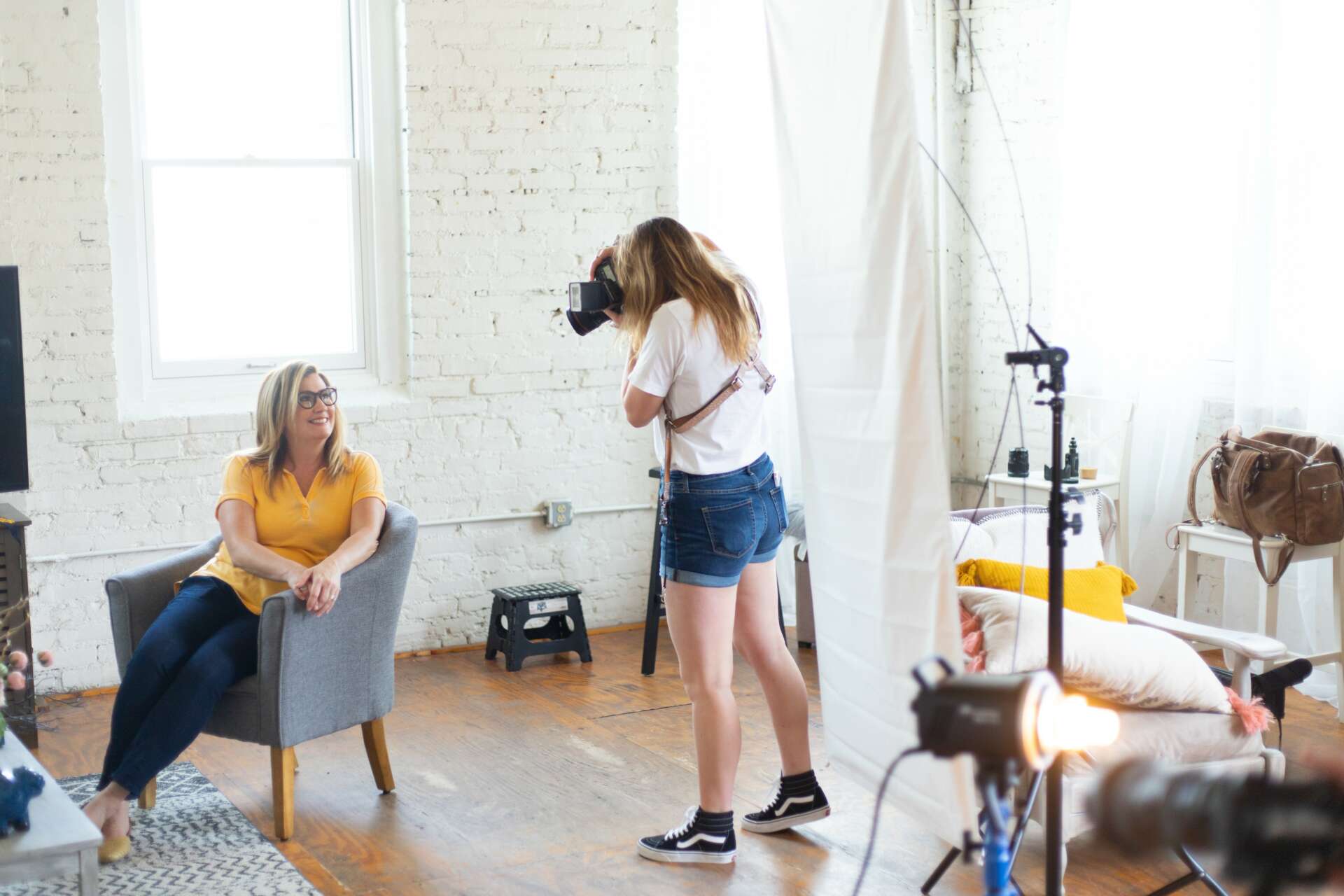
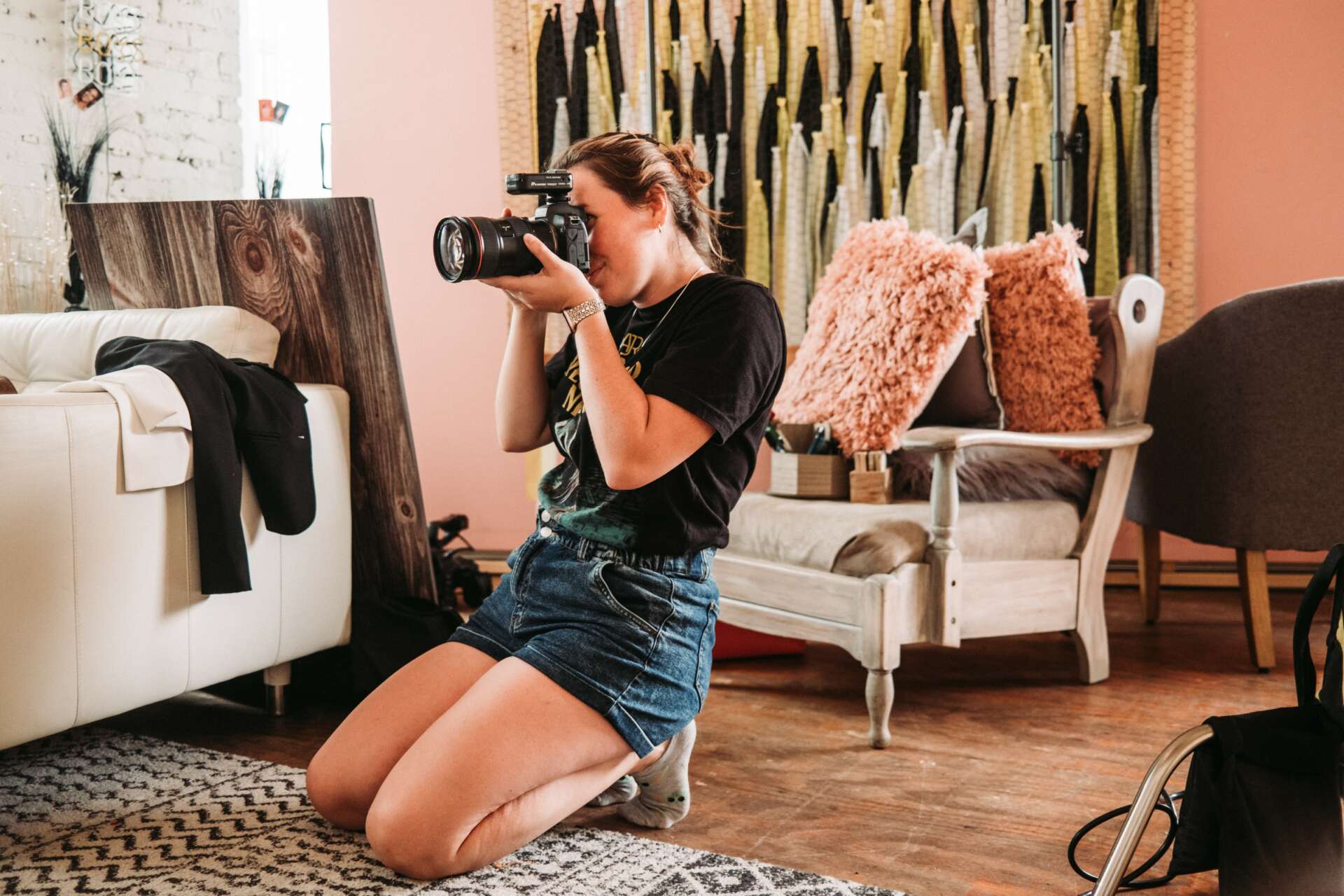
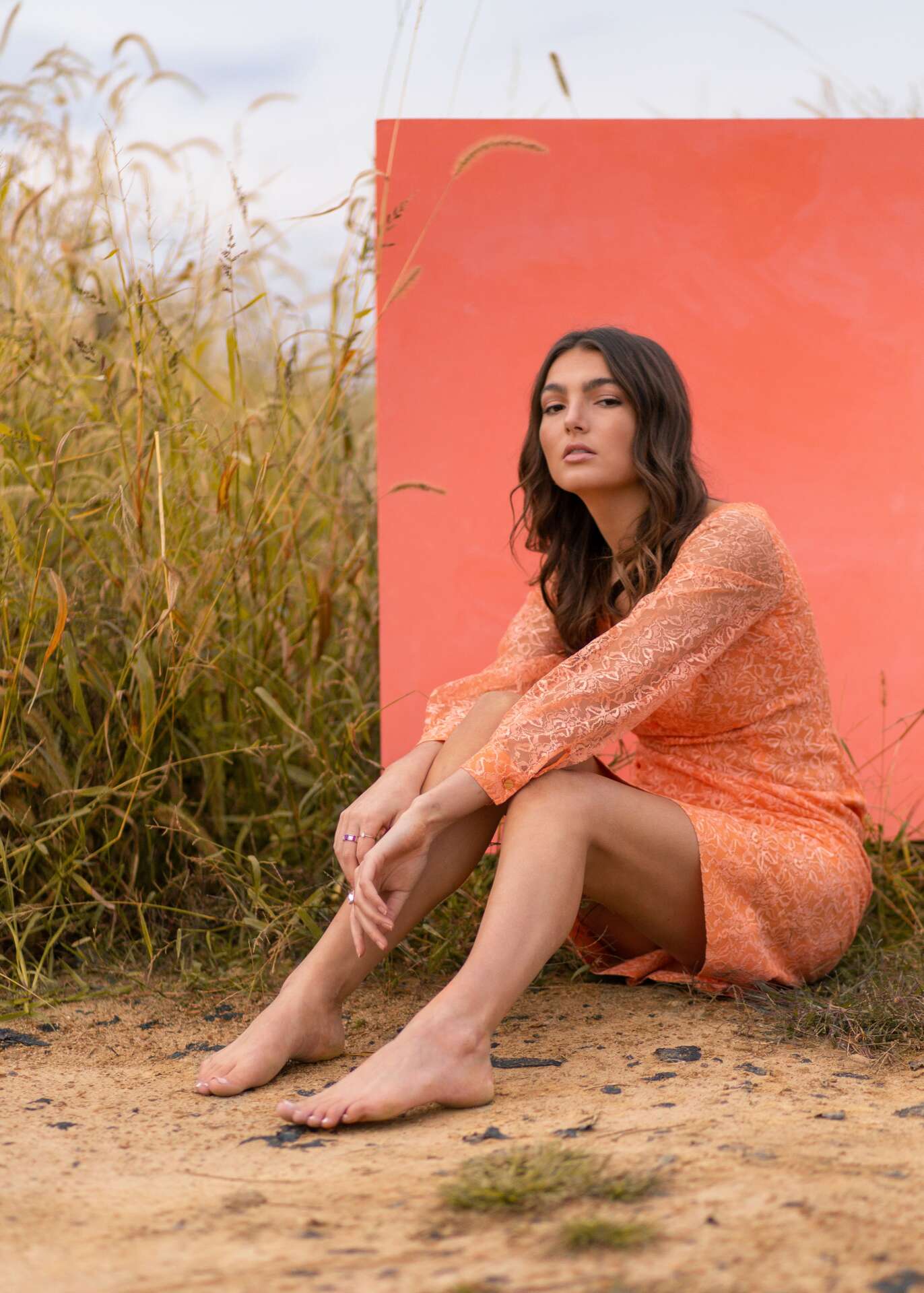
What’s the most rewarding aspect of being a creative in your experience?
As a creative, I get to be doing something different every day.
I help whoever is in front of my camera be able to tell their story through film and digital images. I help build sets with them from the ground up that show who they are and what they are celebrating.
Having your photo taken is a relatively common, with everyone having access to their phone cameras, but being able to tell someone’s story through an image is the most rewarding thing for me.
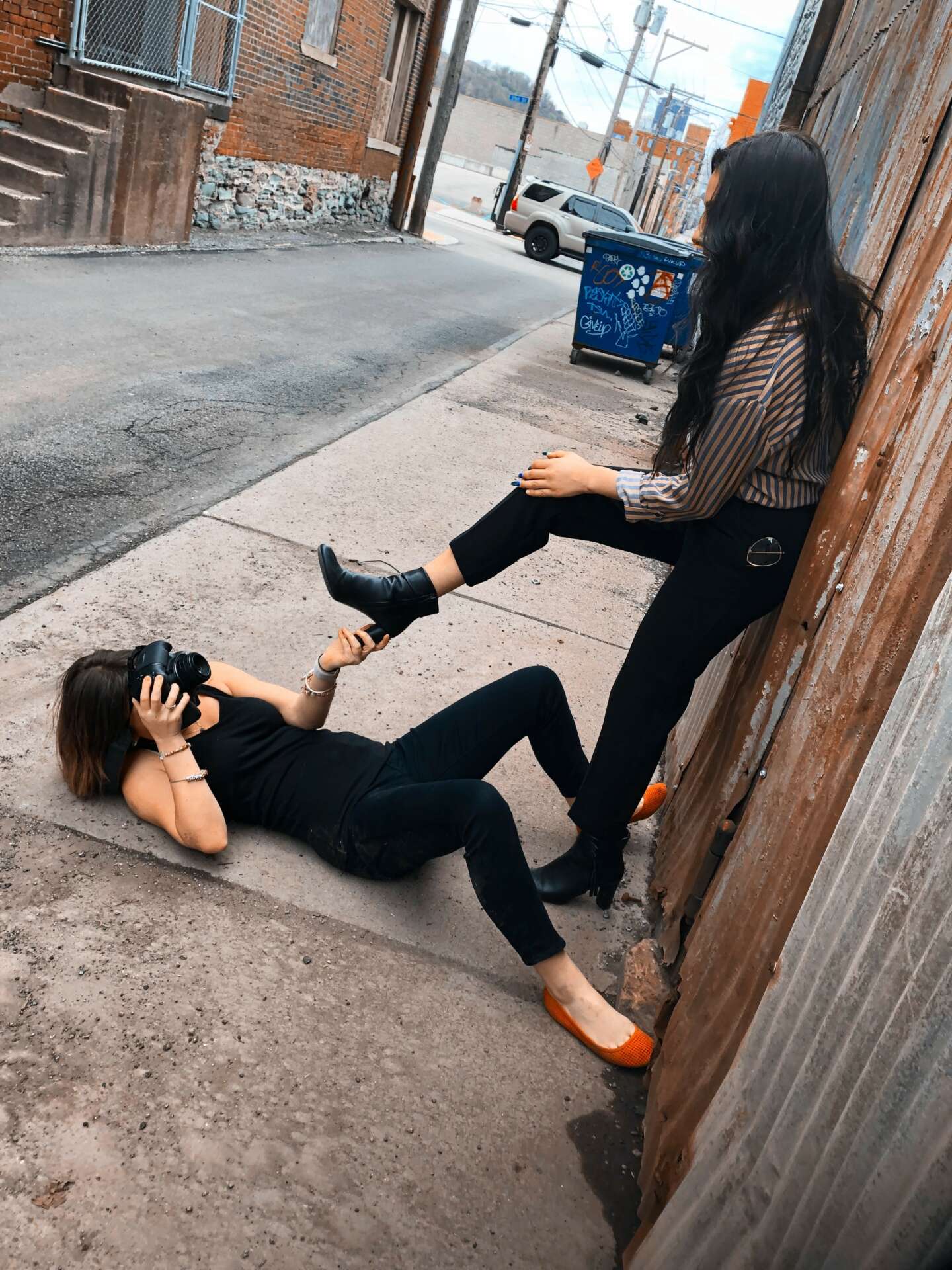
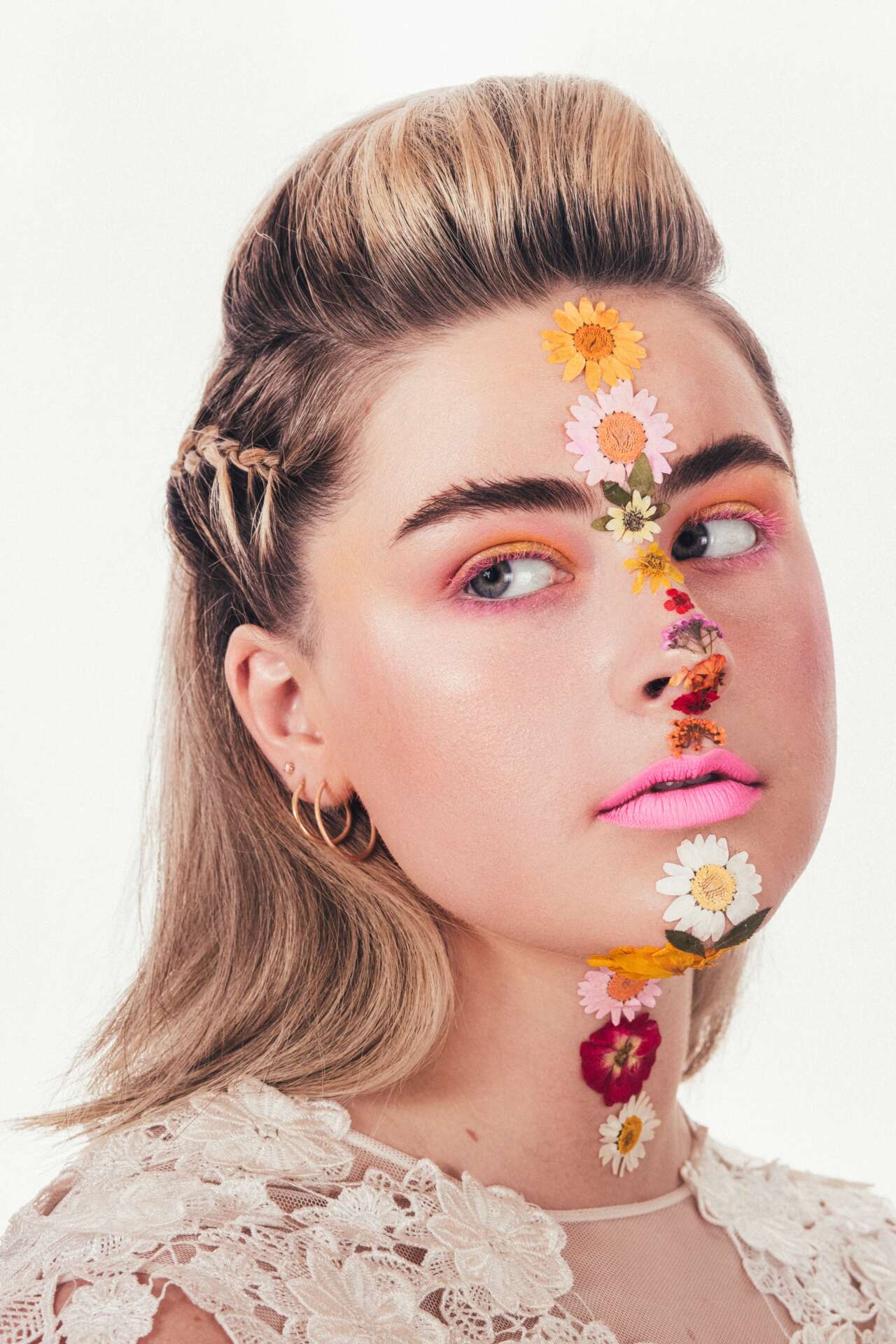
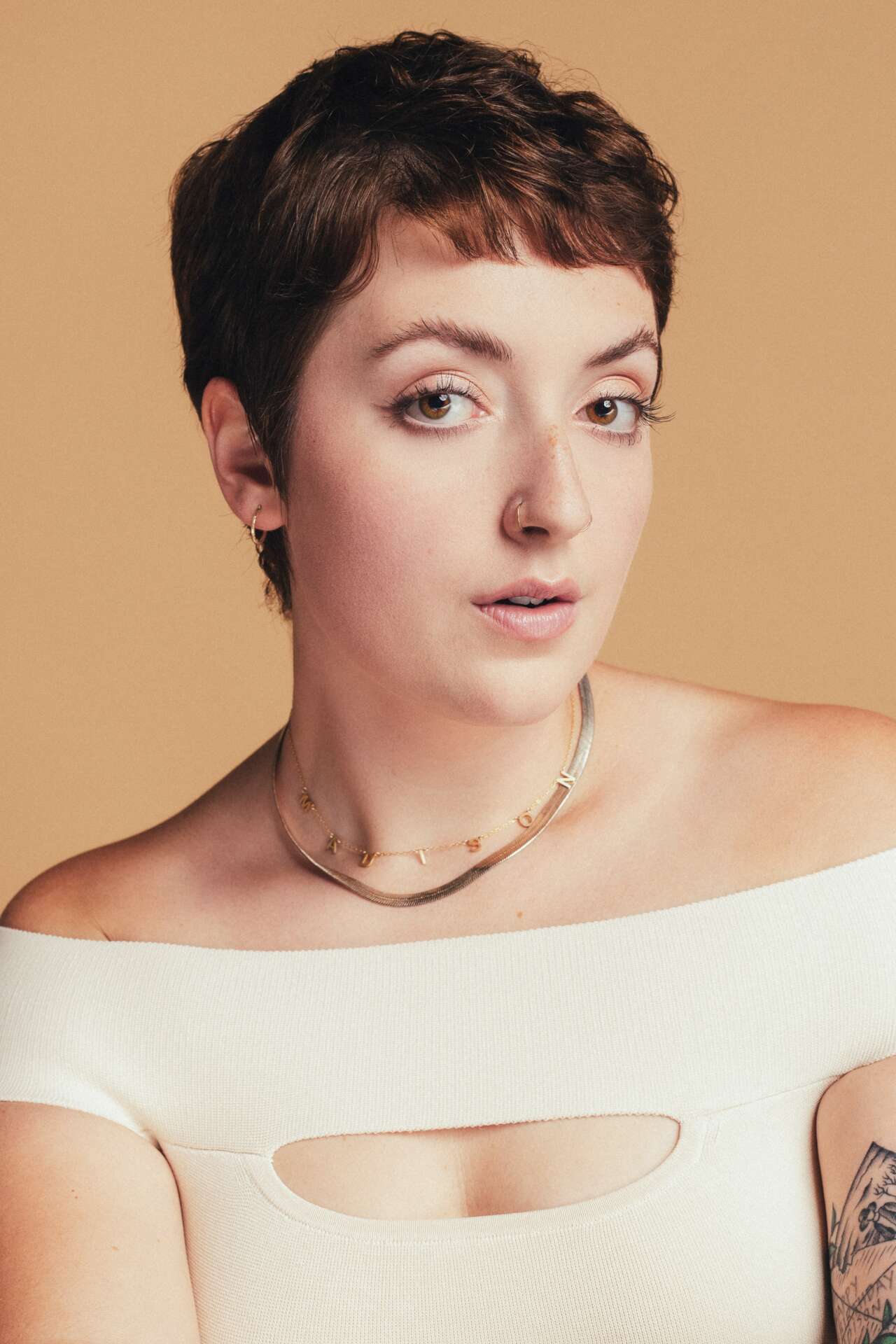
In your view, what can society to do to best support artists, creatives and a thriving creative ecosystem?
There are so many things that society can do to support artists and creatives.
The first is to hire your friends in the industry – and don’t ask for a discount! This is our livelihood and career. It is how we make our income, put aside money for retirement, pay our taxes, etc. When you can support someone like this, I can guarantee that their day, if not week, will be made.
The second is to refer your friends in the industry. When you hear people looking for a painter, designer, photographer, or whatever it may be, mention your friends. Knowing you are spreading their name for potential work is tremendous! Word of mouth is typically the most significant referral source for any creative.
The third is to leave them reviews. It takes only a few seconds to head to Google or Facebook, search for a creative’s business, and leave them 5 stars. This helps us to appear in more Google searches – and if you can write about your experience, it will help others give an insight into their business, which can lead to more business!
Last – and most certainly not least – is to interact with their work on social media. It takes moments to like, comment, save, share, subscribe, or follow creatives. This helps with our visibility which in turn helps us to grow.
These are only a few of the many ways to help. If you want to support an artist or creative, ask how you can help them best! I’m sure it will make their day :)
Contact Info:
- Website: https://www.dominiquemurrayphotography.com/
- Instagram: https://www.instagram.com/murr_nugg/?hl=en
- Facebook: https://www.facebook.com/DominiqueMurrayPhotography/
- Linkedin: https://www.linkedin.com/in/dominiquemmurray/
- Youtube: https://www.youtube.com/channel/UCQNBpzQuAsFlzbNlJC0SYyQ
- Other: https://www.tiktok.com/@murr_nugg
Image Credits
Headshot of Dominique Murray by Heather Tabacchi


